

Concussions have only recently been recognized as a potentially life-altering or life-threatening problem. Traditional medical options, outside of medication for headaches, have been limited to recommending rest, and for athletes, advising against returning to play. Concussions are not something to take lightly; if untreated, they can manifest into various other issues.
Concussions are defined as mild brain injuries caused by a blow to the head. Concussion grades range in severity depending on the impact, with traumatic brain injury being on the worse end. Oftentimes with a concussion, the impact has caused the brain to shift within the fluid of the skull. This bumps the delicate neural tissue forcefully into the wall of the skull, and if hard enough, bounces it to the opposite side of the skull, resulting in two damage points on the brain.
With the brain impacting the skull, this can cause immediate or delayed concussion symptoms such as:
The areas of the concussion – including the brain, skull and possibly even neck – can improperly function after the injury as the concussion can stop the normal physical action of your body to occur.
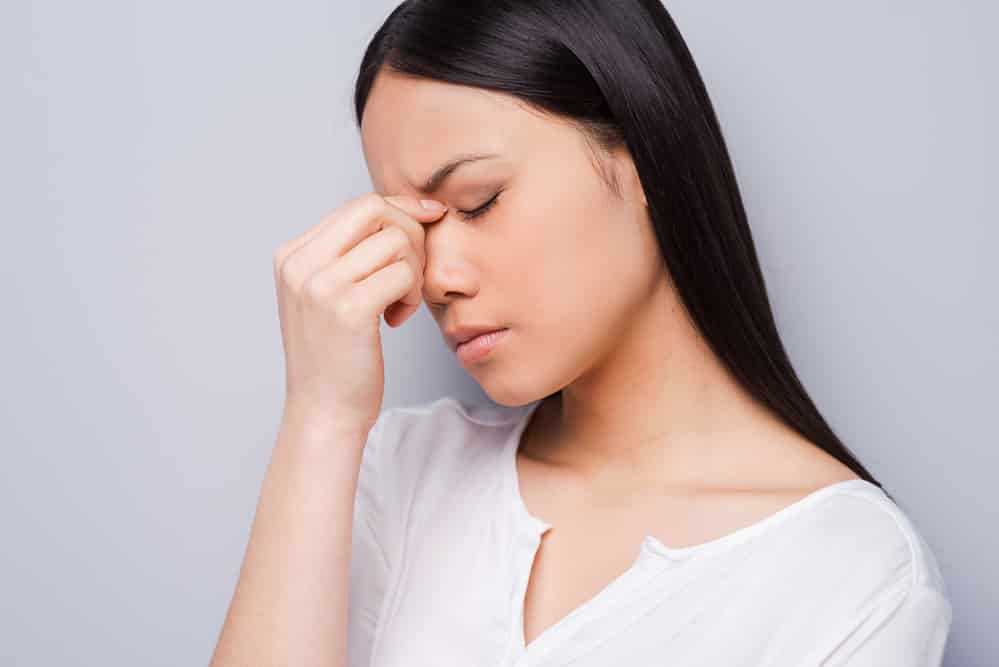
Checking for a concussion is crucial for timely intervention and proper care. These can be include but not limited to:
Cognitive symptoms of a concussion (70/mo) are a little more difficult to identify but by asking simple questions and observing one’s responsiveness or difficulty of answering, this can be a sign as well.
If any of these symptoms are present after a head injury, seeking immediate medical attention is essential.
Our Active Edge team can assist you with a comprehensive concussion test (14k/mo) and provide you with extensive care to support your recovery.
While rest is important after a concussion to allow your body to heal from injury, treatment is also necessary throughout this process to ensure adequate healing.
Your body is designed to move. When you get injured (traumatized), any part of your body that was involved (including your head) can’t move. You can rest, but this causes your body to “heal around the injury” and compensate in ways that impact other parts of your system.
Active Edge will work with you to get everything “working together” again. Manipulation, exercise, physical therapy, massage, and even diet may be needed to give the body the greatest opportunity to completely heal, depending on your specific circumstances.
Additionally, concussion symptoms can be modulated by gut health. This is because of the strong connection between the brain and the gut. If your concussion symptoms are lingering longer than expected, it is likely that your gut could use some attention and balance. Gut healing and detox are often critical parts of healing the brain, see Gut Dysbiosis for more information.
Experts in physical health and functional medicine, Chiropractors are well suited to aid you in your concussion recovery.
As Doctors of Chiropractic, our education is based on the foundation that our bodies are intelligent and interconnected. We recognize the importance of all systems functioning well together, focus on prevention, and continue to refine our knowledge to heal problems from the inside out.
Our curriculum includes more nutrition education than medical doctors and some of the most in-depth training in nutrition, neurology, anatomy, microbiology, diagnosis, vertebral subluxations, and more. This combination is especially important in concussion recovery given the far-reaching effects of concussion on cognitive, neurological, physical, and physiological function.
With studies under some of the Functional Medicine greats including Bob Rakowski, Jeffery Bland, Mark Hyman, and Jeff Bryst, our doctors have spent countless hours enhancing their coaching techniques, studying bioavailable diagnostic tests (blood, hair, skin, nails ), gaining in depth knowledge of supplements, tinctures, essential oils, and more.
We apply both functional medicine and physical techniques to enhance neurological communication and help patients’ bodies heal of concussions and their side-effects.
A variety of the physical techniques we use include:
Applying this comprehensive approach to head injuries and concussions since 2012, our doctors are dedicated to finding the root of dysfunction activating your body’s potential to recover. Utilizing a combination of therapies is effective, and patient’s regularly see positive improvements in focus, pain reduction, range of motion, energy, and more as they implement the tools they need for healing naturally and holistically.
EXCELLENT

Most people recover from their concussion between 7 and 14 days, although more severe concussions can have symptoms that last for months.
Returning to normal activity depends on the severity of the concussion. You can return to work after a few days of resting and light activity such as short walks, but returning to high intensity workouts or weight lifting will be closer to the 10-14 day mark or longer.
Those that play sports often follow the six stages of returning to play outlined by the CDC and the heads up concussion program. Those are listed in the following question
The six stages of concussion recovery are often referred to as the steps for athletes to return to play. These aren’t actually recovery steps but degrees of activity to get back to sports. These are the official steps from the CDC:
Step 1: Back to regular activities – school, work, and short walks monitoring symptoms so they do not worsen.
Step 2: Light aerobic activity – slight increase to your heart rate like a slow jog for 5-10 minutes. No weights.
Step 3: Moderate activity – moderate jogging for a longer period but minimal running. Light to moderate lifting weights.
Step 4: Heavy, non-contact activity – full sprinting, longer runs, normal weightlifting, sport drills are ok but no contact drill only.
Step 5: Practice & full contact – Able to practice and contact is allowed but still should be limited.
Step 6: Competition – 100% recovered and able to play in games again.
Babies: crying when you move the head, physical bruises, throwing up, abnormal sleeping patterns.
Toddlers: abnormal amounts of crying, headaches, throwing up, sleeping significantly more or less, no longer interested in their favorite things
Older kids: noise and light sensitivity, blurred vision, dizziness or loss of balance, forgetfulness, sleeping pattern changes, daydreaming or having a hard time concentrating
There’s a misconception that you’re not supposed to sleep after you have a concussion. Unless stated by a doctor, sleeping is just fine after a concussion. You will want someone to ask you some basic questions like your name, where you live, and info like that to ensure you’re not having memory issues, and if so, definitely contact your doctor right away. One note on sleep, while very helpful, you also don’t want someone to nap excessively as a regular 8-hour night of sleep will provide better rest for recovery from the concussion.
Basic steps like resting, limited reading or use of a computer, limited TV/phone/tablet time, and avoiding tasks or activities that require a high degree of mental concentration are preferred. Light exercise after a few days of recovery has been proven to help. If you have pain, talk to your doctor to ensure it’s okay. Having regular chiropractic adjustments (including cranial manipulation), soft tissue work and Nasal Release Technique and proper nutrition (especially healing the GI track for inflammation).
If you have a severe headache, are throwing up, can’t recognize people or places, are having convulsions or seizures, or lost consciousness, you should immediately be taken to the emergency room.
If your symptoms are more mild, it still recommended to visit the doctor 1-2 days after the injury as they will be able to examine your concussion symptoms or other injuries.
Besides having continued effects of symptoms like headaches and nausea, people with concussions can have more mental health conditions. This includes things like memory loss and changes in personality in addition to other long-term conditions like:
Chronic traumatic encephalopathy (CTE) has also been linked to concussions
Yes, concussions are a brain injury so having multiple concussions can have long-lasting negative consequences. Second Impact Syndrome (SIS) of having multiple concussions within a short time can cause the brain to swell, damaged tissues, and even cause death if the injury is severe enough. The brain is also connected to the GI tack via the Vagus nerve. When you suffer a concussion, this causes inflammation in your brain and can then cause inflammation in the GI track via the Vagus nerve. Even though the brain may heal and feel better the GI track may have long lasting inflammation and thus can help make you more susceptible to another concussion.
A concussion is considered a minor or mild traumatic brain injury. There are other brain injuries that are not considered concussions.
A concussion is a brain injury.
A contusion is another word for bruise, which can occur anywhere on the body.
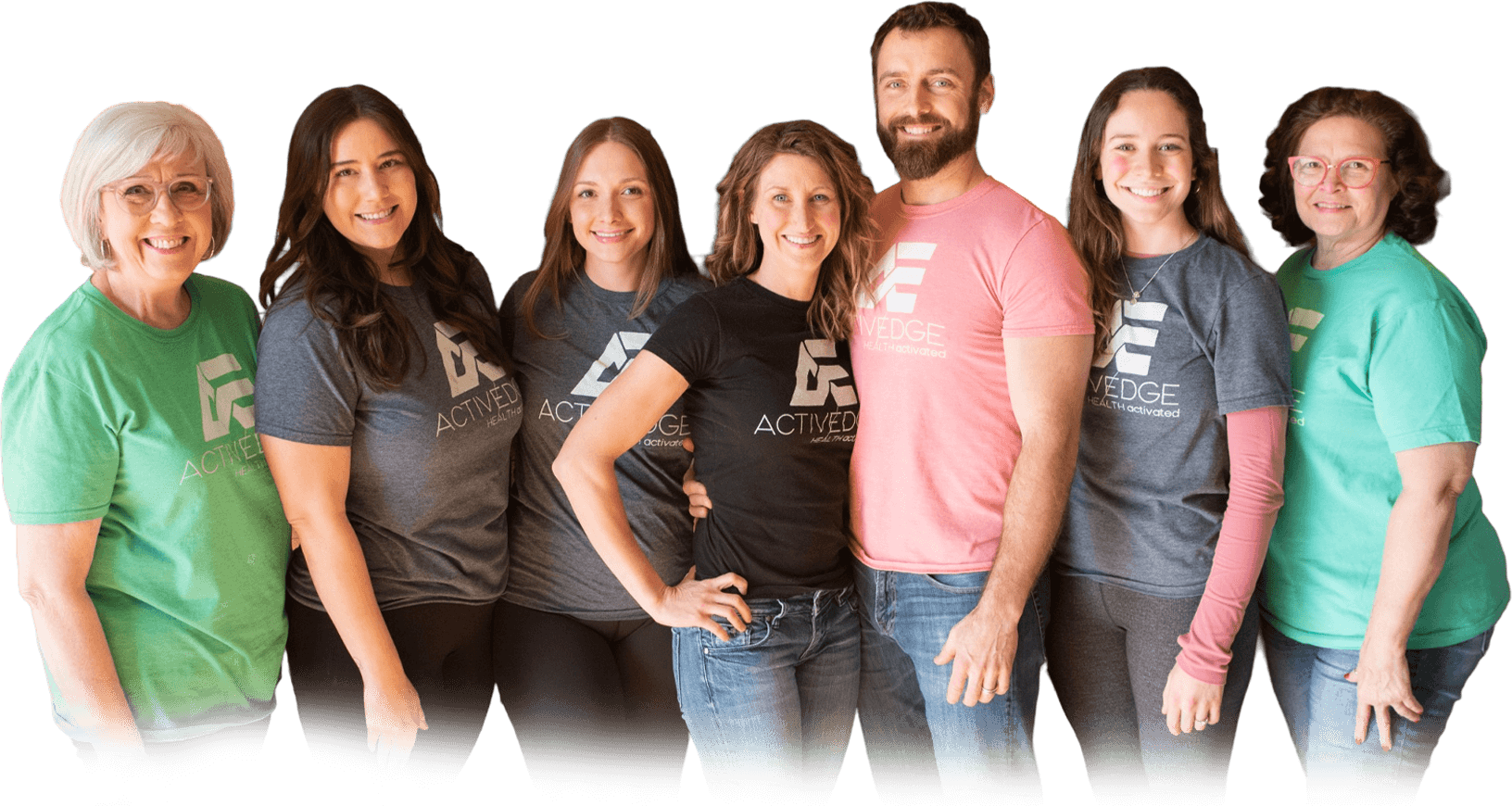






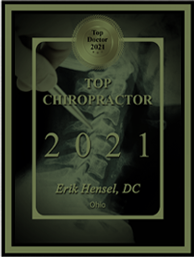
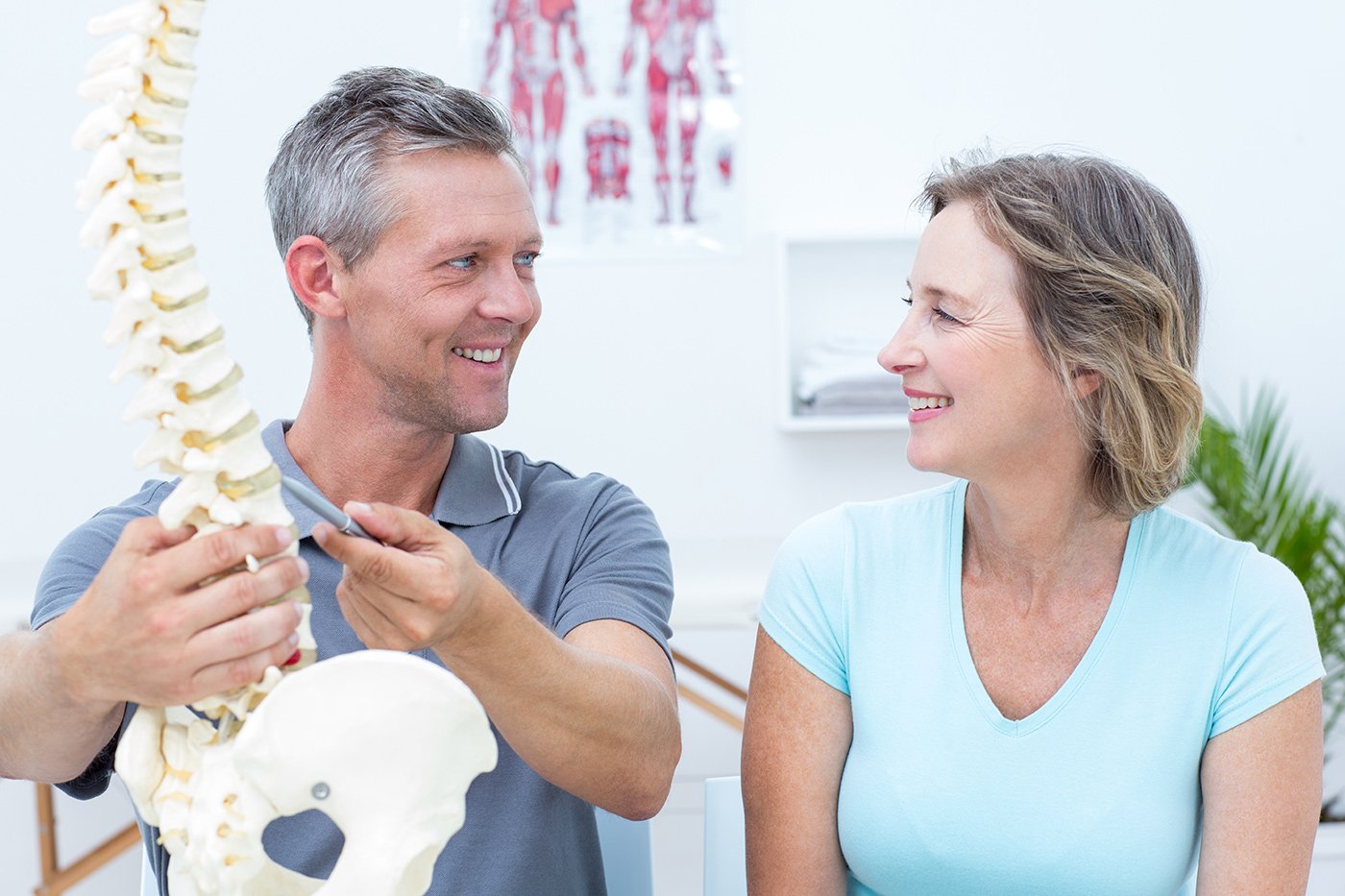
At this point, you are feeling better than you ever thought you could as you are feeling energized and thriving. You have learned a lot about your body, you are moving more efficiently, you understand your body’s cues, and you have a good idea of what to do with these cues. This means you get to try new things, achieve new goals, and conquer new challenges! As you do, we will be here as your resource, as needed, to help you nourish, boost, and refresh your health.

Pain is generally the last symptom to show up and the first to go away. This means that by the time you realize there is a problem, there has been a problem for a long time. Especially for chronic or recurring issues, understanding how you got to where you are is so important for getting to where you want to go. In this stage of your journey, you will resolve underlying dysfunction, remove cheats, and retrain habits. As we aid you in activating your body’s natural healing potential, we will help you regain movement, energy, and body function both inside and outside. Throughout this process, you will start to feel greater ease and inspiration as you restore communication and efficiency in your body. Together, we will constantly assess, observe, and reassess your body’s responses to boost your results.
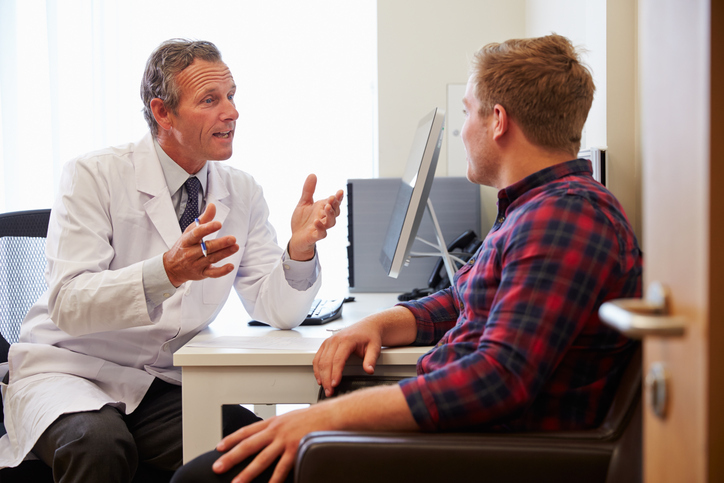
You are your own person, with your own collection of life events which brought you to where you are today. You deserve to be heard, seen, and treated as the individual you are. Your journey begins with your Discovery Evaluation. This first visit includes your exam which works to uncover the root of your issue(s), new patient diagnostics, and, of course, your first treatment. This is how we will help you begin connecting the dots and feeling better. After your first treatment, we will ask you to observe your body’s responses– good, bad, or indifferent. There is no wrong answer as this is just starting point information and direction for moving forward. In your second visit, we will review this feedback and your diagnostics to further identify potential underlying causes and compensations. We will combine everything we have learned about you, consider your goals, and together create a plan to resolve your concerns from the roots up.